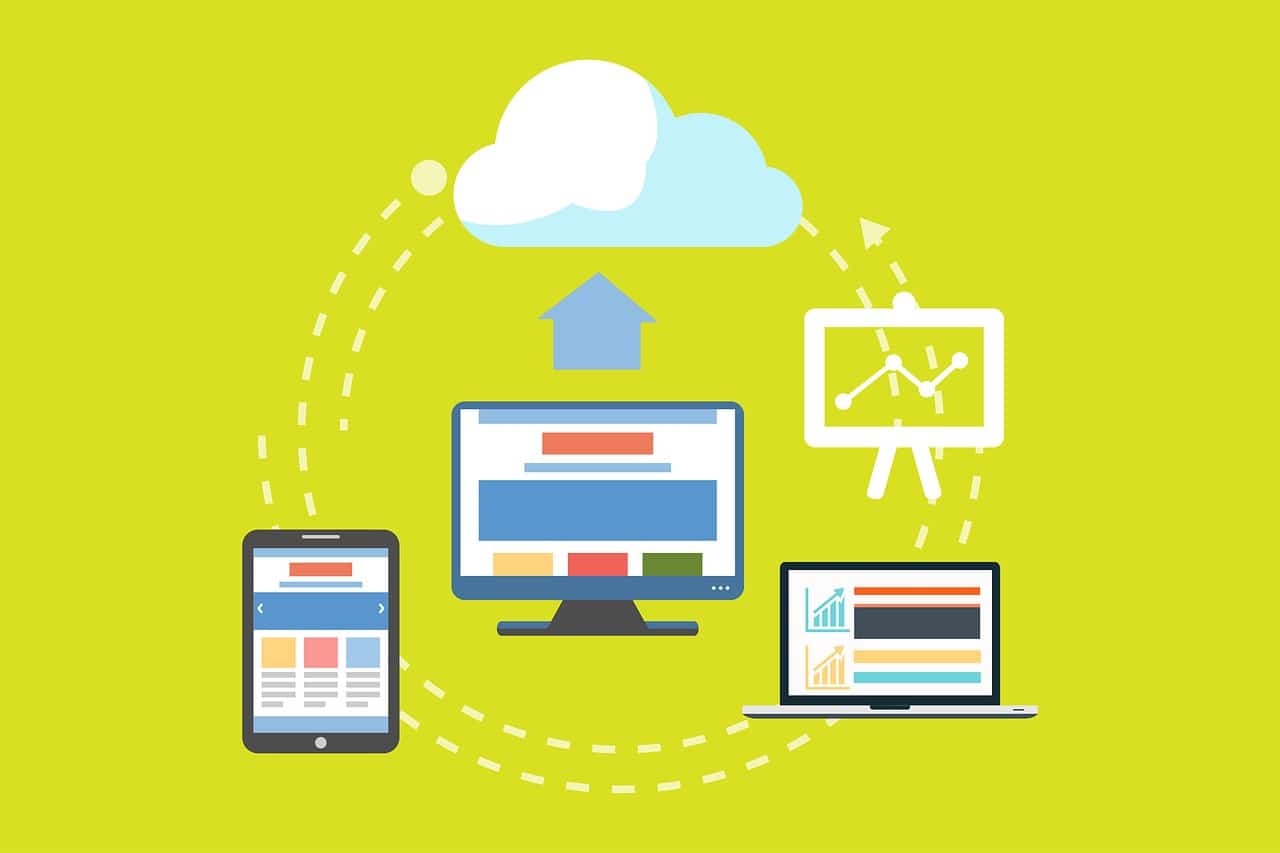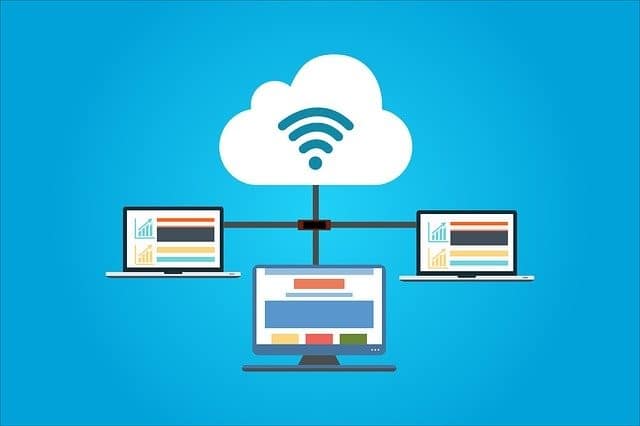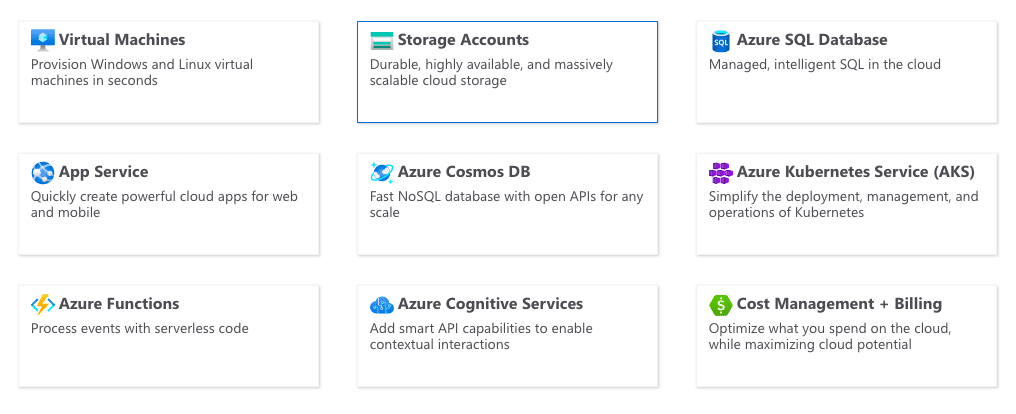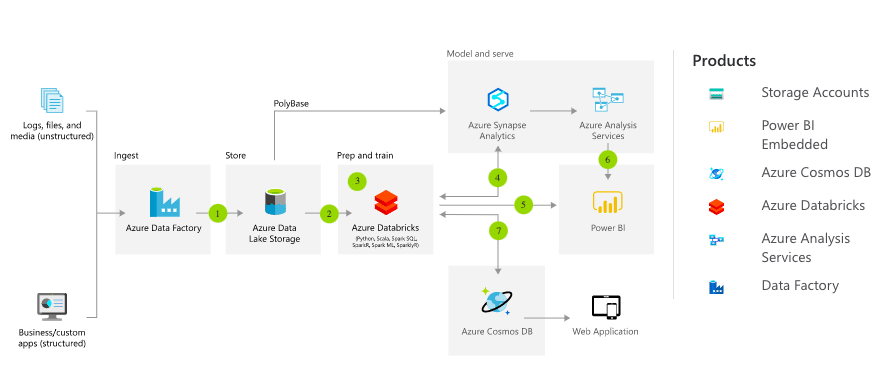The Amazon Simple Storage Service, known as S3 in short, is one of the most demanded Amazon Web Services (AWS) today. AWS S3 pricing is extremely flexible and thus very popular as users are charged only for the storage space used. From small-time bloggers to huge enterprises, the Amazon S3 services are used alike for its incredible storage charges. Various research studies have shown that AWS S3 service is ranked among the top-5 cloud computing and storage services offered by Amazon Web Services.
What is Amazon Reduced Redundancy Storage Service?
The Reduced Redundancy Storage (RSS) is a popular option in AWS S3 storage which allows users to store reproducible, non-critical data at lower redundancy levels as compared to the conventional Amazon storage services. The AWS S3 RSS services are designed for distribution and sharing of content which is stored at a remote location, as well as for storing thumbnails, transcoded media and similar processed data which can be easily duplicated.
The S3 RSS system stores data on several different devices within multiple facilities and provides 400 times more durability as compared to conventional disk drive storage systems. However, is does not copy data as frequently as the standard S3 storage from AWS.
In short, Amazon’s S3 RSS is:
- Supported with Amazon S3 Service Level Agreement.
- Created to provide optimal durability and complete availability of objects per annum.
- Meant to sustain data loss within one facility.
The three most costs under AWS S3 pricing plans are:
- Storage charges – This is charged according to data/month and is charged on an hourly basis
- API operation costs – The charges are US$ 0.005 / 10000 read requests (write requests cost 10 times more in comparison)
- Data transfer outside AWS region – This is charged at the rate of US$ 0.02 / GB according to specific AWS region and around US$ 0.06 / GB on the internet
The actual AWS S3 pricing differs depending on the region and volume however optimization methods remain the same.
Tips to save on AWS S3 Pricing
Storage, data transfer and API are the areas that incur most expenses. While some optimizations help improve overall efficiency others help to automate waste reductions.

Tips to save on AWS S3 Pricing – Reduced Redundancy Storage
Let’s check out some of the tips that experts advise to keep your AWS S3 pricing in check:
1 – Save on storage fees
Never store files that are not needed anymore. Check out some ways that can help reduce storage costs when using AWS S3:
- Delete files that are not relevant after a specific date
- Delete unneeded files which are replicable
- Use the “lifecycle” feature to delete old versions of buckets within S3
- Delete incomplete multi-part uploads
2 – Compress data before transferring to S3
It is highly recommended to use a quick-compression, such as LZ4 for better performance and simultaneously reducing storage requirements. This way, you can lower the cost of AWS S3 RSS services. In most cases, it is necessary to use compute-centric compressions, such as ZSTD or GZIP.
Usually, you exchange CPU time for better network IO and spend less on S3 service.
3 – Focus on data formats matter in big data applications
Implementing improved data structures can have a noticeable impact on the performance of your applications and the size of storage required. If you store numbers frequently, then binary format (AVRO) can help to use less space for storage if we compare it with JSON.
Using column-based storage is recommended for storing analytics batch processing that provides improved compression and optimized storage.
4 – Use IA (Infrequent Access) storage class
Infrequent Access (IA) storage class offers the same performance and API as normal S3 storage. However, IA is at least 400% cheaper as compared to S3 storage however IA does incur charges for retrieval.

Use IA (Infrequent Access) storage class
If your object download requirement is less than twice a month then you can save significant money through IA.
Bottom Line
There are immense cases of S3 specific optimization. Project management requires immense data-centric activities. It becomes easier to save on AWS S3 pricing when you know the estimates effort for your S3 storage needs. Lastly, it is vital to understand the situation and manage the complex challenges that may arise in the near future to help cut costs on S3 services from Amazon.
















